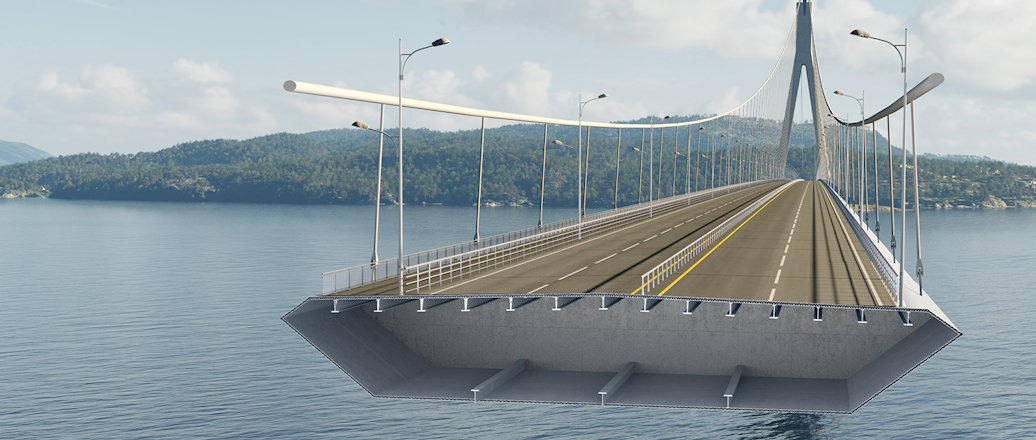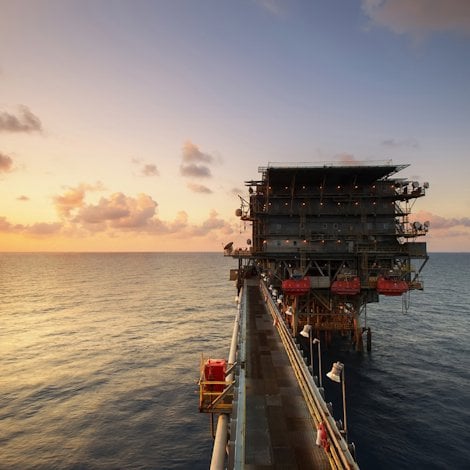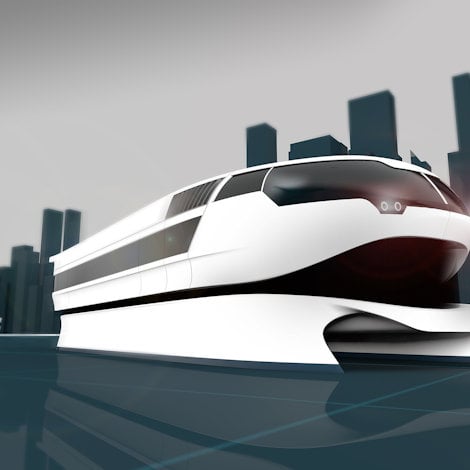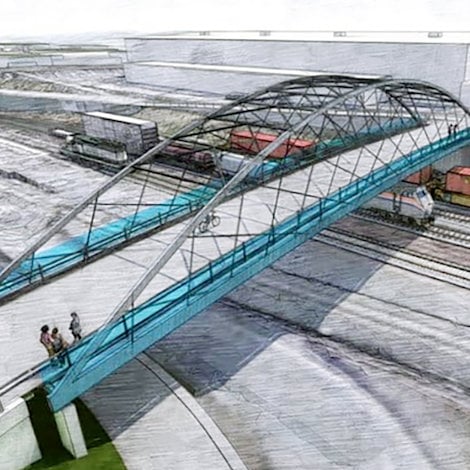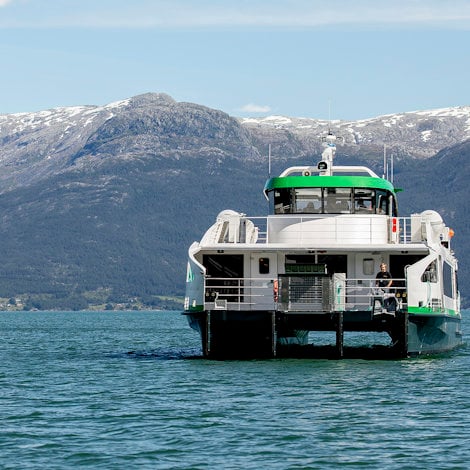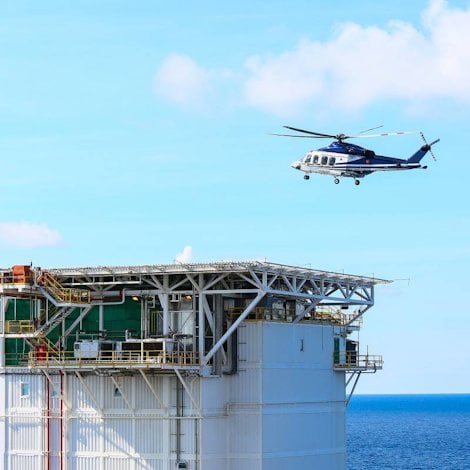How aluminium is competing with steel on long suspension bridge girders
Both steel and aluminium are fine materials for bridges. But with suspension bridges, which include girders as structural components, the two materials are apparently not equally fine. No suspension bridges with aluminium girders have ever been built. I will argue that the time is right for change.
Aluminium has been used in bridge structures for nearly a century, starting with the Smithfield Street Bridge in Pittsburgh in 1933. They used a riveted aluminium construction to replace the existing steel-and-wood deck, to increase the load-carrying capacity of the bridge.
We then saw construction of the first all-aluminium bridge in 1950, in Canada. The bridge cost more than it would have had it been made from steel, but the builders expected this to be offset by significantly lower maintenance costs. The bridge is still in operation, and only minor maintenance work has been required.
Density and corrosion resistance are key properties
Properties such as density and corrosion resistance make aluminium well suited for bridge structures. For example, when rehabilitating existing bridges, lightweight aluminium deck structures are used to increase load-carrying capacity without replacing fundaments or the main structure of the bridge. The substantial reduction in weight also makes it easier to install larger sections, thus reducing installation time and cost.
Other benefits of using aluminium, as opposed to steel:
- No maintenance or humidity control needed
- When end-of-life recycling is included, aluminium normally has a lower CO2 footprint than steel
- Aluminium is faster to fabricate
- Design flexibility with extrusion, which also allows you to put material where it is needed
- Environmentally friendly
- Advantages of friction stir welding
Aluminium in suspension bridge girders
Suspension bridges get their name from the fact that the deck on such bridges is hung below suspension cables on vertical suspenders, which are anchored on each end. Girders are structural components of a suspension bridge. In fact, a suspension bridge is one continuous girder suspended by the cables.
Steel is the dominant construction material used for suspension bridge girders because it is strong and durable, and can flex without fracturing. Another factor is that materials engineers learned a lot more about steel than aluminium at school. That has been a key factor. But I am convinced that the more we learn and know about aluminium, the more that picture will change.
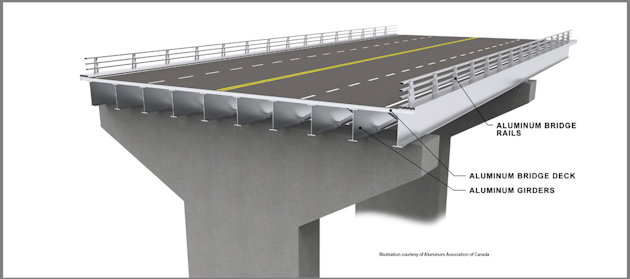
I just participated in a research consortium that looked into the feasibility and cost of substituting the use of conventional steel with aluminium as construction material for long suspension bridge girders. We used as case study the Langenuen fjord crossing on the west coast of Norway, where authorities are considering installing a suspension bridge with a span of 1235 meters and length of 1775 meters.
Using aluminium girders for such a bridge span would be ground-breaking in light of current design practice – and we concluded that aluminium can indeed compete with steel for such a project. This is why.
Aluminium can meet all design criteria for bridge structures
No suspension bridges with aluminium bridge girders have ever been built, due to the fact that tailored solutions and technology are not yet available in the market. Accomplishing this requires the development of new products, as well as the application of known technology and knowledge.
Here are some of the key points from our investigation into aluminium girders for suspension bridges.
When comparing structural materials, an important parameter is the ratio between strength and density. For a given strength, the increasing value of this ratio corresponds to a reduction in weight and, therefore, represents a good index of the material structural efficiency. This is favorable to aluminium alloys.
However, it is not always possible to take complete advantage of this structural benefit offered by aluminium alloys. Because of the smaller value of Young’s modulus, instability phenomena are more likely to occur in aluminium structures than in steel structures. Moreover, full utilization of the weight reduction potential will require increase section height for structures where elastic deflection is the limiting factor.
Properly designed aluminium structures can avoid issues
Compared to steel structures, aluminium structures are more sensitive to fatigue failure when exposed to cyclic loading. This effect is included in the fatigue limits defined by design standards such as Eurocode 9. Properly designed aluminium structures, however, avoid stress sharp transitions and stress concentration. In addition:
- Structures made of aluminium alloys are more sensitive than steel to thermal variations
- Residual stresses produced by constraining thermal deformations are 30% lower than steel
- Special shapes can be built by extruding aluminium, but with steel, only through welding
Our results show that aluminium can meet all the relevant design criteria for the bridge, including global stability, local stability, fatigue, ultimate global stress levels, and serviceability deflections.
Aluminium is cost-competitive in bridge structures
How then does aluminium measure up to steel in terms of cost? Quite good, actually.
We see that the aluminium bridge girder itself is slightly more costly than the steel alternative. This higher cost, however, can be offset by reduced costs for the other main elements of the bridge, such as the tower, hangers and main cables. We did not include savings from the lower maintenance costs and higher recycling potential of using aluminium, although these should not be overlooked.
That said, the need for a technology qualification program would add cost and time compared with steel.
In general, our cost analysis showed two uncertainties that impact the results. Steel suspension bridges of this scale have been built for decades. Aluminium bridges of this size and method have never been built before. This increases the uncertainty when it comes to aluminium design. But by using aluminium instead of steel in the bridge girder, which we know can be done, a wider range of materials is mobilized, and this mitigates some of the risk.

